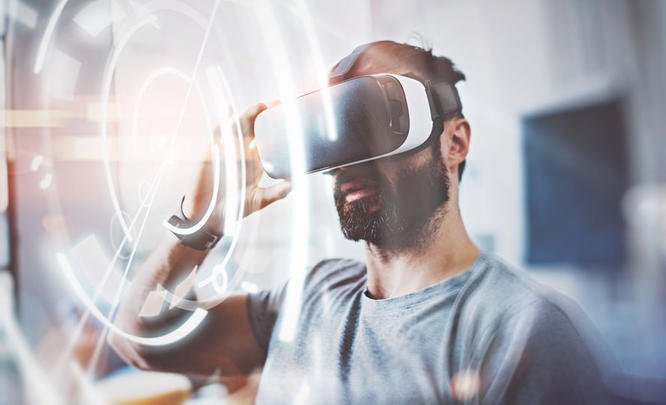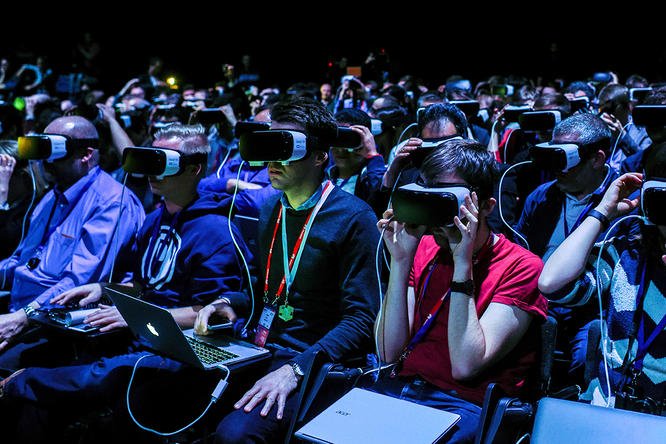How Events are Moving from Physical to Virtual Spaces
The idea of “virtual events” has been around for over a decade, although back then, the thought of anyone wandering around a virtual event space sounded more like science-fiction than reality.
Fast-forward to 2019 and virtual events are quickly becoming the norm – especially as high-speed broadband and video streaming services converge to deliver once-local events to worldwide audiences.
What has changed?
Today’s technology has enabled event planners to organise virtual events that can be attended by anyone in the world with the right technology to do so. And this technology isn’t as “high tech” as you may imagine. We’re referring to:
Broadband (or any high-speed internet connection): These days, a high-speed internet connection can mean anything from your wired broadband network at home, to your 4G mobile data connection, or even public Wi-Fi access (which is becoming faster and more capable of handling multiple connections from public users).
Internet-ready devices: A decade ago, only wired connections to desktops (or laptops) were capable of streaming high-speed video (and even then, this video was seldom live) as wireless technology wasn’t quite up to speed to the demands of streaming video. Now, most laptops, tablets and even smartphones have the capability to stream HD video from an event happening across the globe.
Video platforms: One of the easiest ways of moving your event from a physical space to a virtual one is by using an online platform to stream your event to audiences. While small-scale meet ups can be done over free streaming platforms such as Facebook Live or YouTube Live, webinars and proper events should only be streamed with reliable solutions that include technical personnel who can troubleshoot any issues while you’re online, such as the Angage web and video conferencing solution.
Virtual reality (and related) technology: Virtual reality, augmented reality and extended reality are technologies that will undoubtedly make their make in the virtual event space in the near future. Already, some events are incorporating virtual reality into their events – to either invite participants at home to join their event through their VR headsets, or to transport their on-site attendees into another world by putting a VR headset on them.
These are exciting times for event planners and attendees alike. Now, every event and conference you organise has the potential to reach a captivate audience gathered at your event space – while captivating a much wider audience across the world.



